Above the steep waves on stormy days,
And in tropical calm, and in polar fog,
They all beckon us with their lights,
Islands in the ocean, islands in the ocean.
(A. Gorodnitsky)
Arrival, first accommodation
Don't grab other people's waists,
Breaking free from the clutches of her friends!
Remember how to the shores of Australia
The late Cook swam up
(V. Vysotsky)
This song has been spinning in my head for several days now. The thing is, with all due respect to Vladimir Semenovich's work, it can't serve as a history or geography textbook. I'm currently writing this text in a village called Captain Cook, in the state of Hawaii.
The place where Captain James Cook's illustrious life ended, Kealakekua Bay, is a half-hour drive from here. Apparently, no one ate it; this myth arose from the British misunderstanding of Hawaiian cultural traditions surrounding the funerals of chieftains (which they considered Cook to be one of them). Although I have some doubts: part of the ritual involves separating the meat from the bones and then burning it. Considering that Hawaiians weren't exactly known for their meat-rich diet, I fully understand that they might have sampled a piece or two during the burning process.
We'd been thinking about a trip to Hawaii for a while. The only thing that held us back was how far it was, almost like Europe—over 10 hours of flight, with at least one layover. And you're still in the US, so there's nothing exotic about it: just McDonald's and Costco. But we finally decided to go, especially since staying in the US is a big advantage for a "workation" trip (combining travel and remote work).
The flight was smooth. Delta now offers free internet for all passengers, so I've been working quite productively on my own project. The airport in Kona resembles a bus station—the seats are under a canopy. There are no connections from the plane to the airport—there's a special ramp you take onto the concrete, fortunately it's not far. This is the tropics: it's 23-25 degrees Celsius during the day and 17-19 degrees Celsius at night all year round.
We went to pick up the car, and a big (literally) surprise awaited us. The thing is, I'd chosen the cheapest option, "at the manager's discretion." American rentals are basically impossible to find completely crappy cars, and any cheap car would be fine for the two of us. Besides, this is an island, so you don't have to travel far.
So, we were given a truck. A truck is basically any kind of truck in American slang, from a pickup to an 18-wheeled behemoth. In our case, it was a huge (much larger than any car) Ford F-150 pickup truck. It seated five, was very comfortable, had three different types of all-wheel drive, ventilated seats, two power outlets, and basically every electronics imaginable. Our expensive Toyota, compared to this truck, falls into the category of "poor, but neat." In fact, I've long noticed that when it comes to electronics, Ford is far ahead of the Japanese.
It wasn't a long drive, but it took a long time 🙁 Hawaii doesn't seem to have any highways at all. The road we took to get to the cabin had speed limits of 45 to 25 mph, mostly 35 miles. So it took us over an hour to cover the measly 43 miles. We found our cabin easily. The owner had written that the door would be open, so checking in, despite the late hour, was no problem. This practice of opening the door in advance for residents is familiar to us; it's practiced everywhere where there aren't many people: strangers won't come here, and our own won't wander in.
We arrived and fell asleep - it was already one in the morning by our time.
Hawaiian houses
We started the morning with a house tour. We actually rented houses in two locations in Hawaii, and both houses had similar features:
- There's a lot of fresh air. There are plenty of mesh windows, often wall-to-wall, and they're always open. Sometimes it feels like a shed rather than a house.
- There's no heater or air conditioning anywhere. It's a tropical island, the weather is very comfortable. If it weren't for the volcanoes, it would be practically paradise.
- Instead of running water, they have huge water tanks. They fill them from water trucks: in our second house, we ran out of water one day. I wrote to the owner, and a couple of hours later, a truck arrived and filled the tank.
- Large plots with lush tropical vegetation. Flowers everywhere. And yet, there's lava everywhere (probably, they import black soil from somewhere).
There were differences, of course. I really liked the first house—everything was comfortable, a washer/dryer, a large porch, and a bedroom separated from the living room (which was important to me because I was getting up at 4 a.m. to work—in Michigan, that's when the workday began). Overall, it was the perfect place. The second house, we thought, was a bit of a clunker—lots of space, but it wasn't used very efficiently. The whole house was designed as an open-plan space, making it harder to work in the morning, and the kitchen wasn't as well-equipped. But we really liked how this house used lava rock for the walls (the house was made entirely of lava rock) and for the interior design. And the hot tub in the garden was a real treat after a long climb. Mauna Kea.
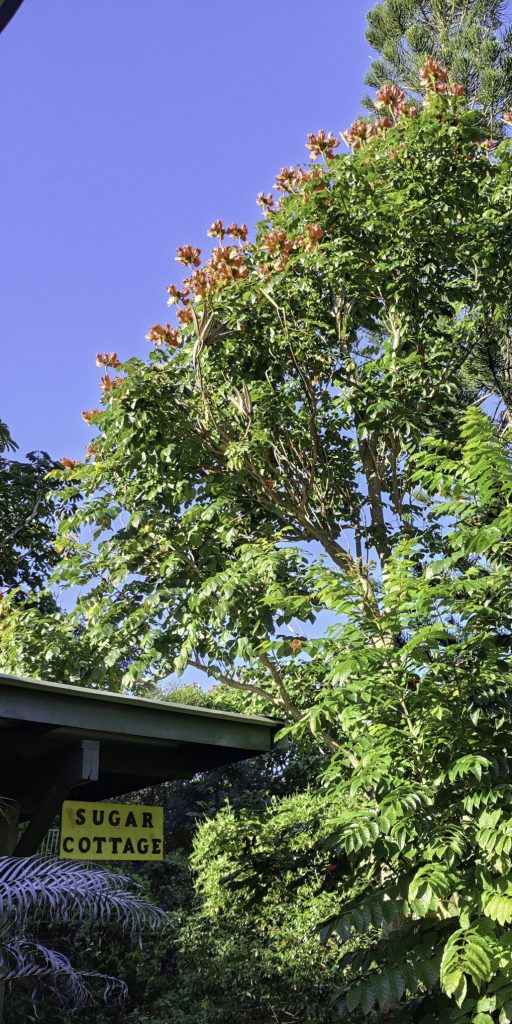
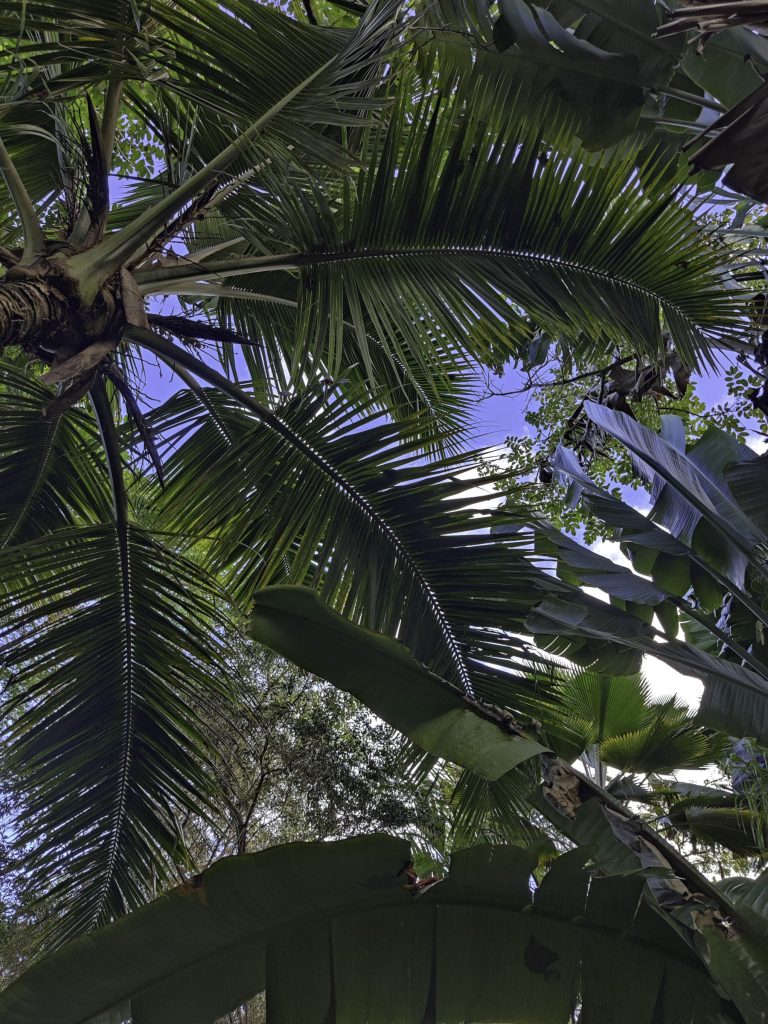

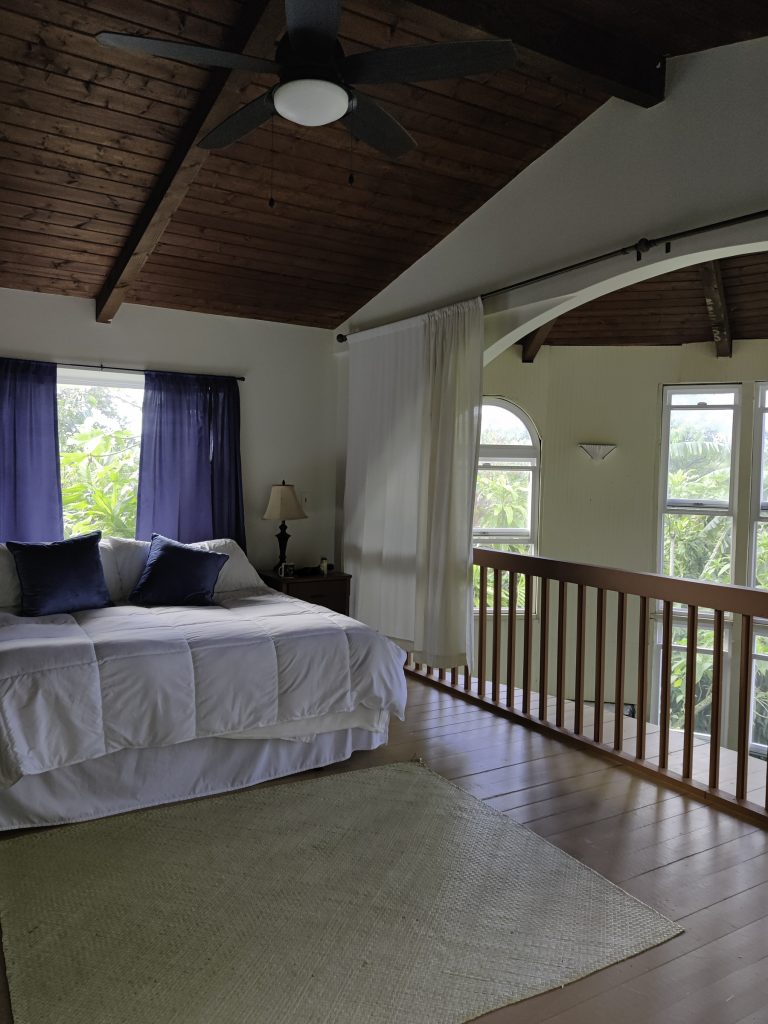


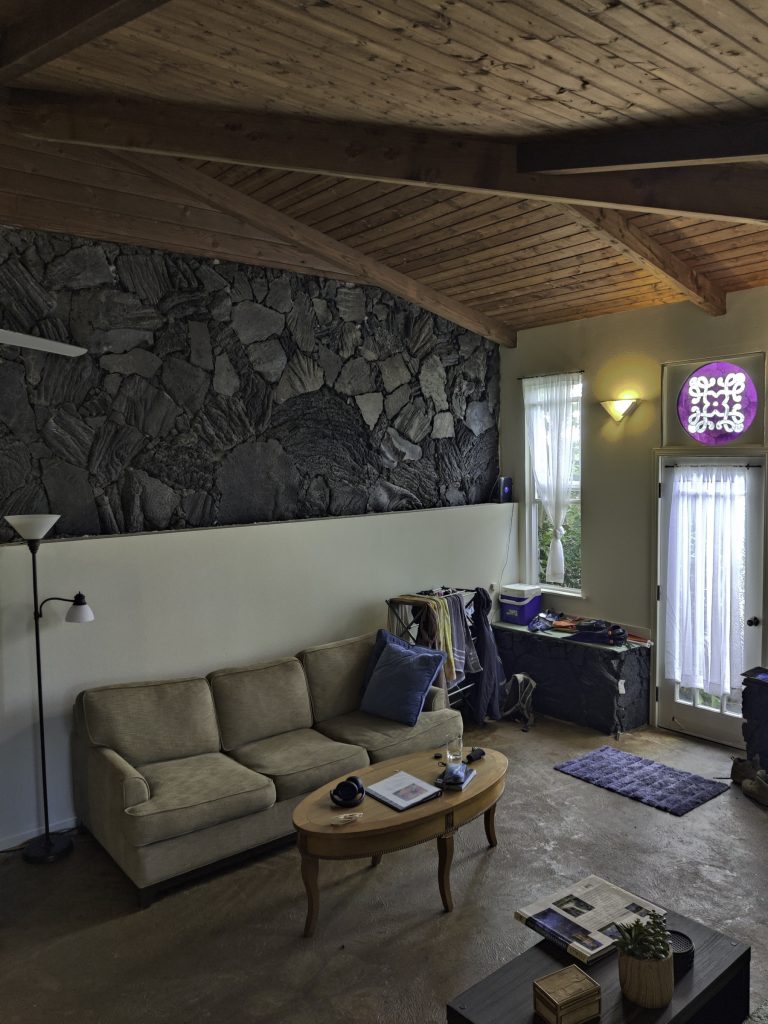
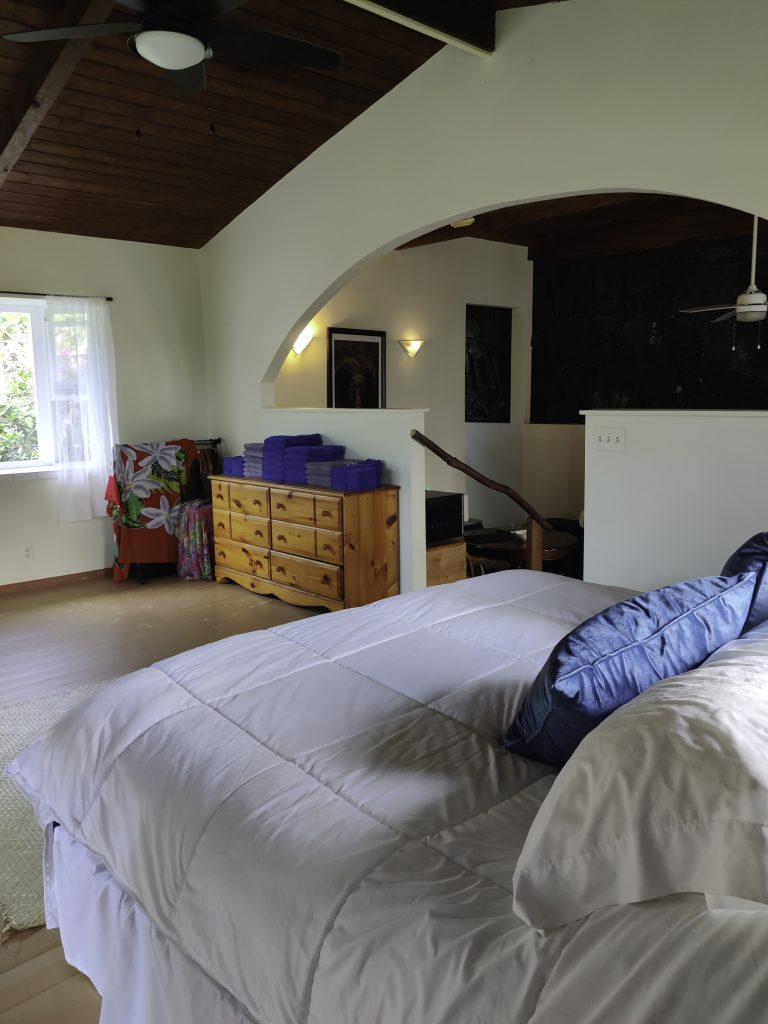
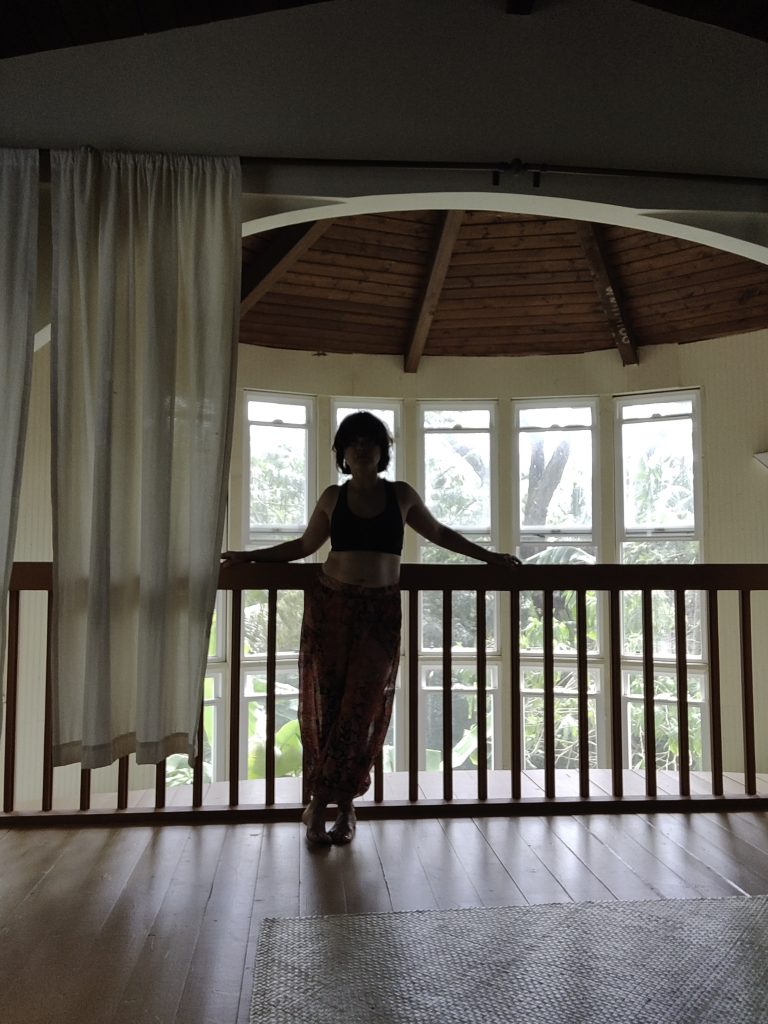
Beaches and scuba diving.
The next day, I have to head back to town to the dive shop to rent diving gear. One of the reasons I chose this particular place we're staying at is because the owner, Gary, is a certified instructor and offered to organize a scuba dive. He even provided air tanks. I have my fins and mask with me, so I need to rent the rest of my gear and dive. It turns out, though, that Gary recently had surgery and can't dive right now, but he arranged for a friend of his to be my diving buddy. Diving alone is not allowed, though I suspect the locals don't respect that rule.
Driving in daylight is much more pleasant. The road runs high above the ocean, and you often want to slow down and admire the views. But the car, of course, is completely unfamiliar. The word "barge" comes to mind—it's just as massive and unwieldy. Although I must admit, it's very comfortable to drive (once you get used to the soft suspension). Parking it, however, is a nightmare: in a standard parking space, I only managed to get within the limits on my third attempt.
After grabbing our gear, we went for coffee and then headed to a pre-marked park to snorkel and watch tropical fish. What I liked was that there are equipped beaches scattered all along the coast, completely free. We parked on the side of the road near one, donned our fins, and waded into the water. The reefs there are right offshore, and the fish are great.
That's how the day went. The next day, Harry's friend Kevin arrived, and we piled into two big cars (he also has a huge black pickup truck) and headed to a beach known only to the locals for a dive.
I must admit, I've forgotten everything in the three years since my last dive, but my skills quickly came back to me in the water, and we had two great dives. The water was warm and clear, and we saw a shark (about my length), a large eel, and a sea turtle. Basically, I need to get to the next level (I'm currently at the very beginning level), and Natasha needs to get to the beginning level, and then we can dive together.
In the afternoon, we went back to Kona to drop off our gear, strolled through the historic park at the site of a Polynesian settlement (not much remains, but that's understandable—no one would build permanent structures in this climate, and awnings made from branches don't last long), and on the way back, stopped to watch the sunset.
Green sand
We have two destinations planned for today: the southernmost tip of the United States, and then a green-sand beach—luckily, they're close together. Everything is close here, though—you can drive from one end of the island to the other in a couple of hours, if you don't stop at any interesting places along the way. We certainly did.
Right now, while we're driving to the southern cape, we spot a sign that says "Coffee Plantation." Hawaii is the only part of the US where coffee is grown, so it's a shame to miss this opportunity. We park our black monster (I still can't get used to its size) and go for a walk around the plantation. It turns out coffee berries come in a variety of colors: red and yellow, and taste pleasantly sweet and sour!
As we leave, we stop by the plantation's shop, sample several varieties, and buy two small bags of our favorite beans. It seems Hawaii isn't destined to become America's leading coffee supplier: even here, on the plantation, coffee costs four times more than Colombian and Peruvian coffee at Costco. So, the only thing you can buy here is souvenirs.
Here we are at the southern tip of America! The place is not at all pretentious—at the far south, there's a cliff, and people jump off it. The water is about 10 meters or more away, so I think I'll hold off.
But the southernmost point isn't here, it's a little further—a ten-minute walk or two minutes along a rutted track suitable only for large trucks (like ours). I don't understand this American desire to drive everywhere, even if walking would take almost the same amount of time. Walking is so much more pleasant!
We take a photo of the southern cape and head back – a beach with green sand awaits us.
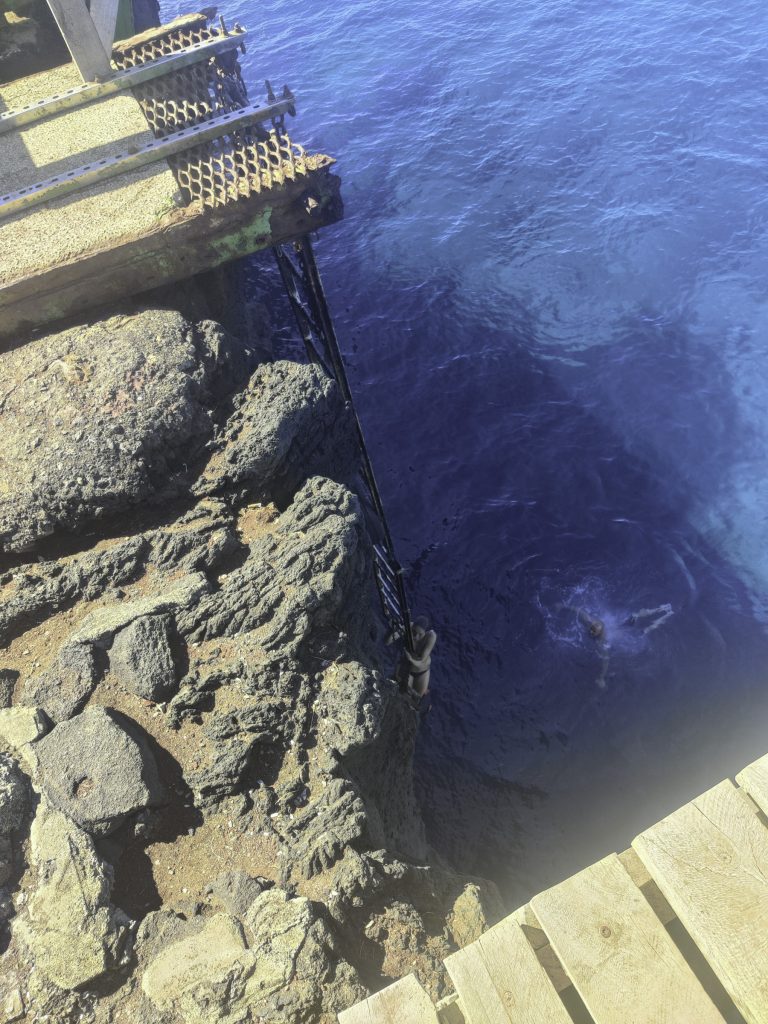
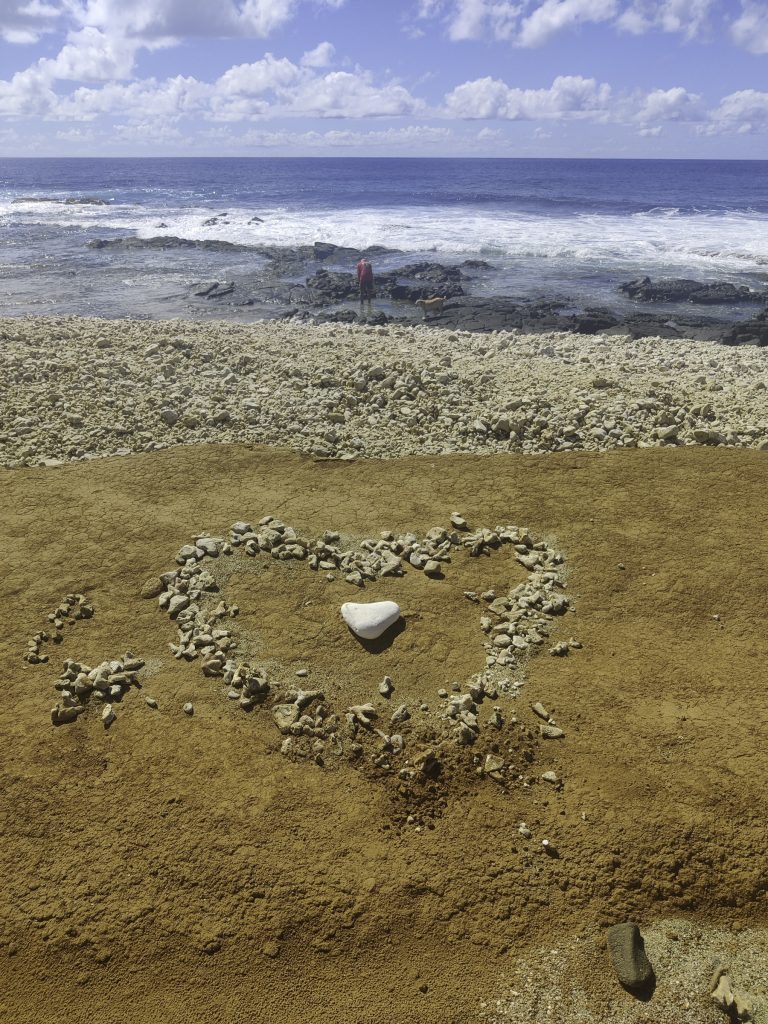

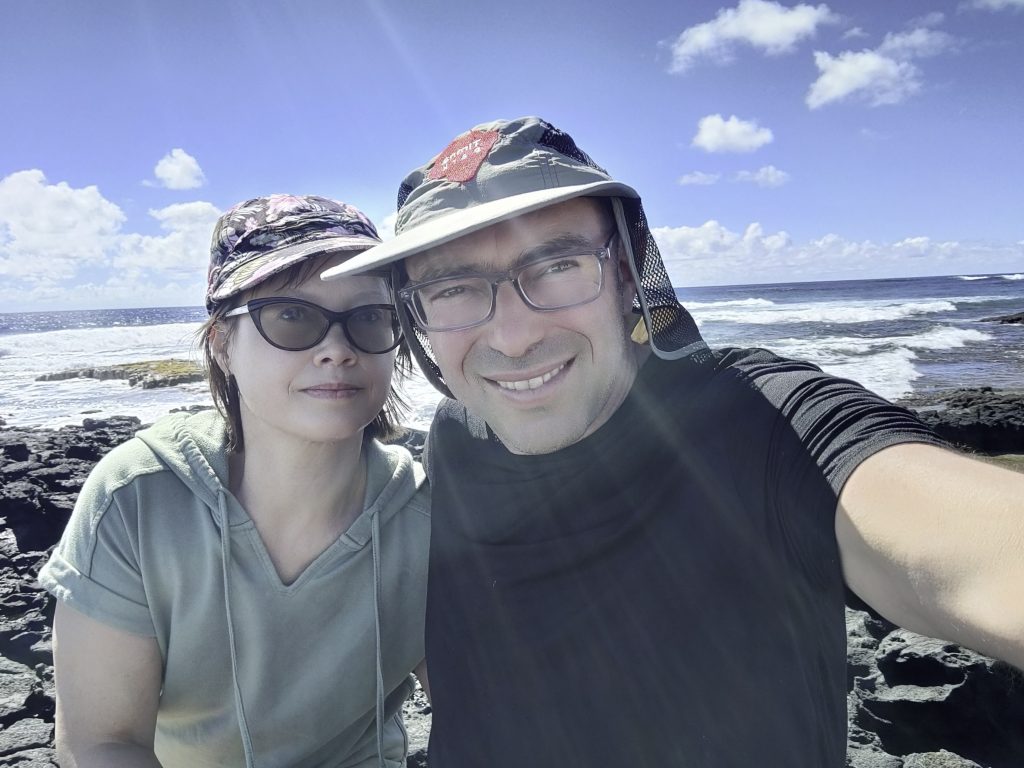
Hawaii is famous for its black sand beaches, but I only learned about the green ones when I started planning our stay on the island. There are only four such green sand beaches in the world: in Hawaii, on the island of Guam, on one of the Galapagos Islands, and in Norway. They are made of crystals. olivine - it is a volcanic (who would doubt it) mineral, a silicate with inclusions of magnesium and iron.
You have to walk to the beach—about an hour along an easy trail. As you've probably guessed, you can drive there if you have a big truck. But that's not our route; we want to walk on trails, not bumpy roads.
Incidentally, there are no fresh water sources there, and this is something to keep in mind: you'll need to carry all your own water. But Hawaii isn't hot, so this isn't a problem.
We reach the parking lot at the trailhead. There are quite a few cars, and some savvy locals have set up a business: several pickup trucks with railings welded to the back for standing are transporting those willing along the rutted trail to the beach.
Judging by the speed, this pickup truck takes 20-30 minutes to get to the beach. I can't understand why anyone would want to stand there, swallow dust (and there's a lot of it) and grind their teeth on the bumps instead of enjoying a pleasant stroll. But, as the saying goes, there's no accounting for taste.
As we walk, we stumble upon the first patch of green sand. It really is green!
And here's the beach. You have to descend a steep slope to get to it, but the beach itself is very pleasant. The sand, by the way, is less green than we saw on the way; it's more of a khaki color. The water is warm and clear, and you can easily see all sorts of fish. They said there might be strong surf, but we were apparently lucky.
Lying on the beach for long isn't our style, so we head back after a couple of hours. On the way home, we stop at a farm we spotted along the way—Paradise Meadows Orchard. It's a very green and pleasant spot to relax after the rocky trails. Mangoes, avocados, bananas, and other tropical fruits grow there. The signs in the parking lot stuck in my mind: "Do not park under an avocado tree, as the fruit may fall and damage your car." Incidentally, yes, it very well can; the avocados here are enormous.